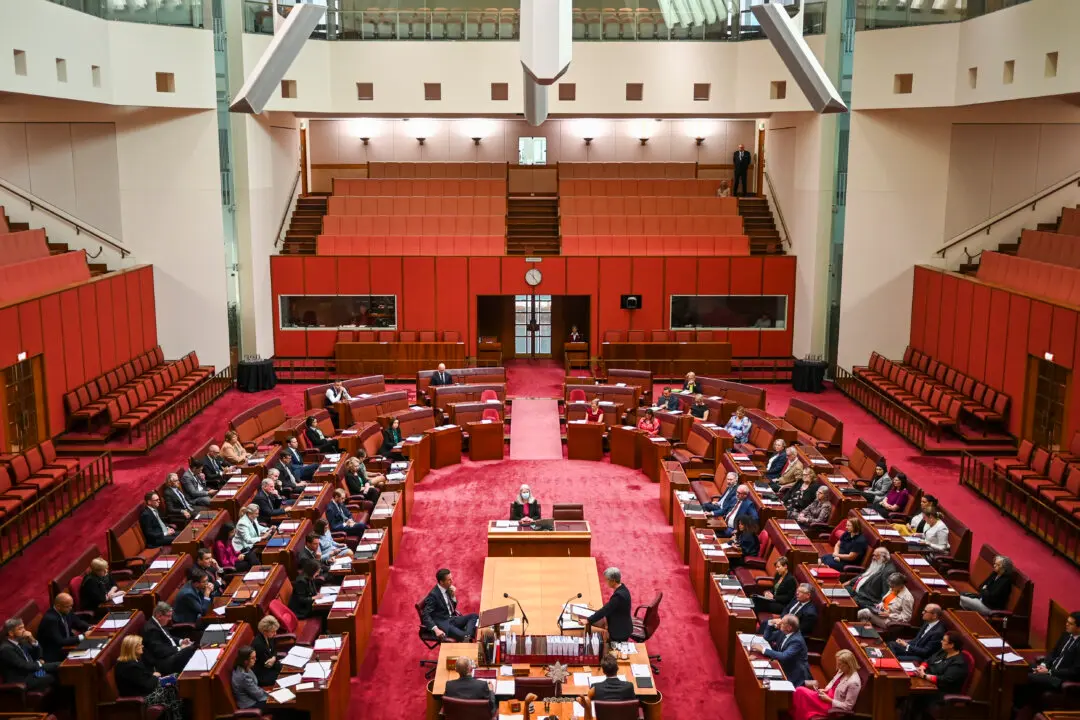A new report by the Australian Council of Social Service (ACOSS) has highlighted a severe decline in entry-level jobs and a troubling rise in long-term unemployment, calling for urgent reform to Australia’s employment services system.
The Faces of Unemployment 2024 report, supported by the Ecstra Foundation, reveals that since mid-2022, when interest rates began to climb, employment at the lowest skill levels has grown by just 1.9 percent, compared to 7.8 percent overall.





